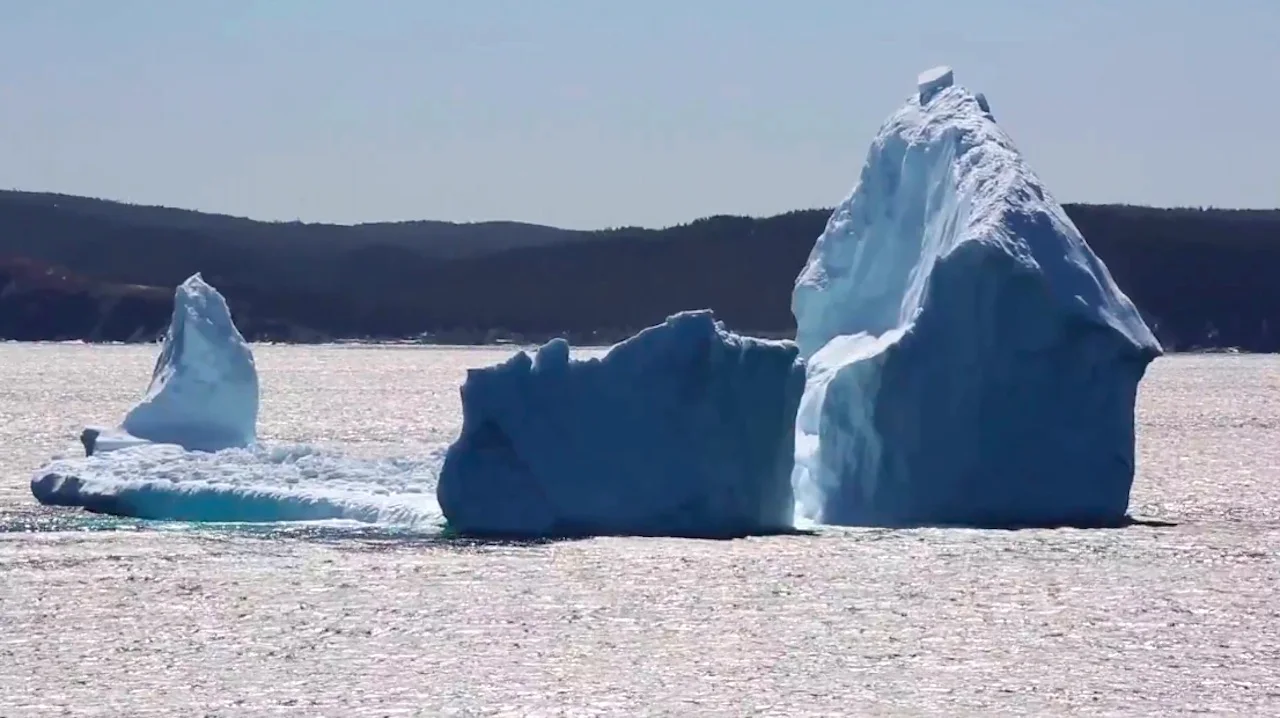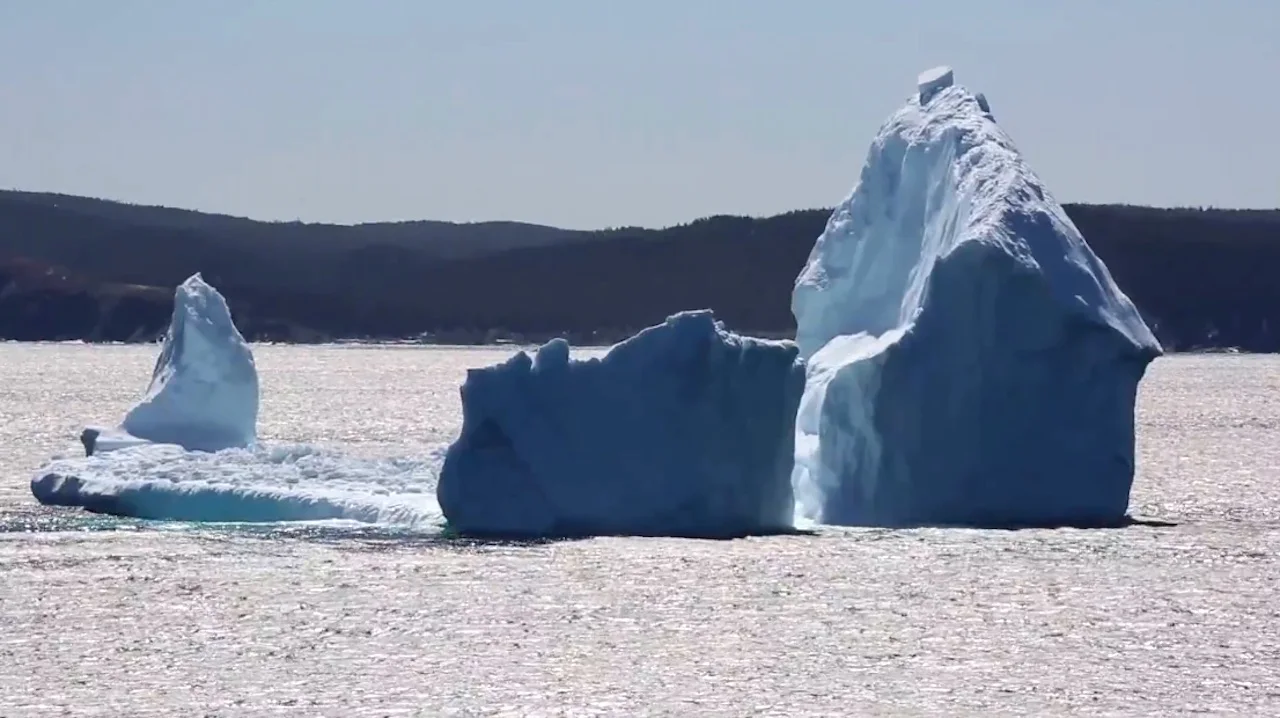
The North Atlantic will see fewer icebergs this year, here's why
There will be a small ceremony in New London, Conn. to recognize the anniversary of the sinking of the RMS Titanic on April 15, 1912.
The North Atlantic Ocean is typically jam-packed with icebergs moving south at this time of the year, but that's not the case in 2021.
Normally around this time of year about 150 icebergs have trekked south of Latitude 48 degrees north, but so far there's only been a single one.
SEE ALSO: Iceberg twice the size of Toronto breaks off of Antarctic ice shelf
Marcus Hirschberg, commander of the International Ice Patrol, says sea ice is normally what helps protect icebergs. This enables them to survive until they're released and then they head further south. But this year, the sea ice and icebergs are further north, and against the coast.
"We probably will get more heading south of 48 later in the season because the 'bergs will continue to transit south along iceberg alley even after the sea ice recedes," said Hirschberg. "We expect to see some, but again, we're seeing smaller-sized 'bergs making it that far south, and definitely anticipating fewer than an average year."

Iceberg off the coast of Newfoundland. Photo: Alick Tsui/Storyful.
Members of the International Ice Patrol attend an annual ceremony in Halifax, N.S., recognizing victims of the RMS Titanic, but it was cancelled this year due to COVID-19.
Instead, there will be a small ceremony in New London, Conn. to recognize the anniversary of the ship's sinking (April 15, 1912). Wreaths will be blessed and dropped from above near the location of the Titanic site off Newfoundland.
"We're under very strict quarantine regulations when we get there, but we are able to fly our missions out of Canada, which saves us about six hours of transit time for the aircraft (flying) from Cape Cod," said Hirschberg.
The patrol's monitoring season begins in February, commencing patrols on a C-130J Super Hercules aircraft every two weeks out of St. John's, N.L. Depending on the severity of the ice season, the flights continue until July -- making for a busy six months, usually.
The International Ice Patrol was established in 1914 following the sinking of the RMS Titanic. Funded by 13 countries, including Canada, it's operated by the U.S. Coast Guard and its mission is to alert the entire maritime community about impending icebergs.
With files from Nathan Howes.
